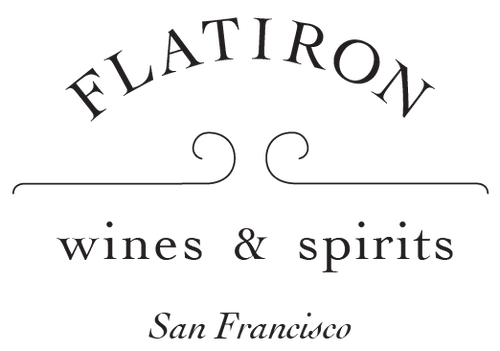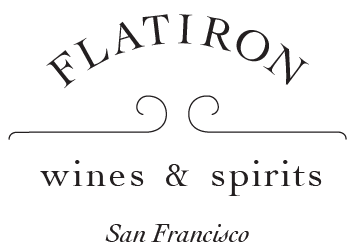Verzenay, Montagne de Reims.
Chardonnay 34%, Meunier 33%, Pinot Noir 33%
NOTES FROM THE IMPORTER:
"This family owns a total of seven and a half hectares that cover four villages in the north and east of the Grand Montagne and west in the Petite Montagne: Verzenay, Verzy, Villers Marmery, and Ville-Dommange. Verzenay and Verzy are two of the most famous villages for Pinot Noir in the Grand Montagne, the others being Bouzy and Ambonnay. Verzy and Verzenay sit on north facing slopes and have a completely different expression compared to Bouzy and Ambonnay, which face south. Liem, in his book, Champagne, describes the wines of Verzenay and Verzy as, “sleek in shape, thriving as much on finesse as on body. While they can be concentrated in their ripeness, they are rarely opulent, retaining a firm structure and prominent acidity even in the warmest vintages. In contrast to the luscious red-fruit flavors of Bouzy and Ambonnay, the wines from this part of the Montagne de Reims are slimmer, more acidic, and more structured.” Villers Marmery is on the east side and is mostly planted to Chardonnay. And Ville-Dommange is in the west and planted to Meunier. Overall, the winery has three hectares of Chardonnay, 2.80 hectares of Pinot Noir and 1.80 hectares of Meunier.
Around 2022 Hugues made the decision to follow biodynamic farming twenty years ago after noticing that his skin was becoming irritated from contact with the chemicals, which raised concerns about the impact these chemical treatments might be having on his overall health. It took time to make the transition; in 2006 they began to farm organically becoming certified organic in 2013. Biodynamic certification came the following year in 2014. Their vines average 30 years-old and the oldest are more 60 years-old. Since making the change to biodynamic farming, the vineyards are healthier and more resistant to disease and today Godmé is a part of the biodynamic winegrowers association, Biodyvin.
In the cellar, they work with spontaneous fermentations in neutral oak and enamel-lined cement tanks. They move juice by gravity to retain fresh aromas and each parcel is vinified separately to respect each terroir. The top wines are vinified directly in the barrel. Malolactic fermentation happens sometimes and there are no efforts to stop or encourage it. The second fermentation happens in their cellar carved out of chalk right below one of their vineyards in Verzenay."
The Godme extra brut is full of crisp green apple, meyer lemon zest, elderflower, and a pleasant salinity on the finish.


